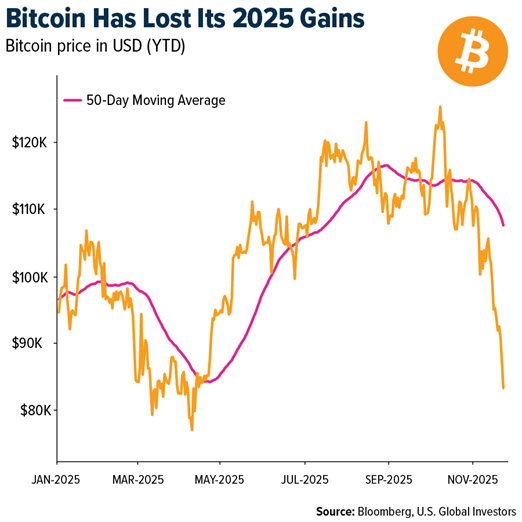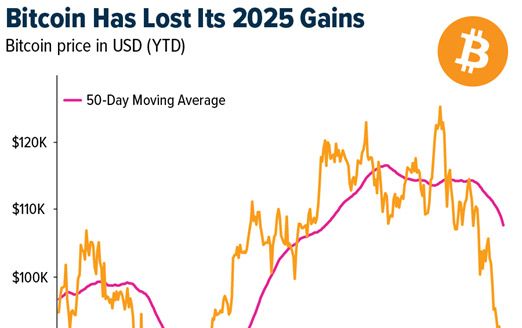Strengths
SoftBank’s PayPay is expanding crypto access in Japan. PayPay, one of the world’s largest consumer payment networks, has integrated with Binance Japan, enabling instant, low-cost crypto deposits and withdrawals. Adoption by a major Japanese financial institution boosts legitimacy, lowers barriers to buying Bitcoin, and broadens access to millions of retail users ahead of PayPay’s expected U.S. IPO.
Coinbase is expanding strategic leadership in on-chain trading. Its acquisition of Vector, a Solana-native decentralized-exchange platform, strengthens Coinbase’s role as a leading on-chain trading hub and accelerates support for Solana’s rapidly growing ecosystem, which surpassed 1 trillion U.S. dollars in cumulative decentralized-exchange volume this year. Integrating Vector’s technology will improve order routing, token access, and execution quality as Coinbase advances its “everything exchange” strategy across Bitcoin, Solana, and the wider digital-asset market.
According to CoinMarketCap, among the top 100 crypto coins and tokens, the top gainers over the past seven days were Starknet (STRK), up 25%; MYX Finance (MYX), up 12%; and Aster (ASTER), up 11%.
Weaknesses
Bitcoin is failing to rally despite strong tailwinds. Bitcoin’s sharp retreat from its 126,000-dollar peak—now trading near 83,000 dollars and down 10.44% year-to-date—signals weak conviction despite Wall Street support, political momentum, and institutional inflows. It marks Bitcoin’s worst monthly decline since the 2022 crypto winter, wiping out all 2025 gains. The loss of 600 billion dollars in Bitcoin’s market value and more than 1 trillion dollars across the broader crypto market, paired with fading retail participation and fragile liquidity, highlights structural vulnerabilities and renewed fear of another halving-cycle downturn.

A U.S. national security probe is putting Bitcoin mining supply chain at risk. The U.S. is investigating Bitmain—producer of more than 80% of global Bitcoin ASICs—over potential national security concerns, including alleged remote-control capabilities that could compromise critical infrastructure. With Bitmain and MicroBT controlling 97% of the ASIC market, any restrictions or seizures could threaten the entire U.S. mining sector. Past shipment halts and rising geopolitical tensions underscore how heavily Bitcoin’s infrastructure relies on foreign hardware, exposing miners to significant supply-chain and regulatory risks.
According to CoinMarketCap, among the top 100 crypto coins and tokens, the largest decliners over the past seven days were Morpho (MORPHO), down 26.36%; Canton (CC), down 26.32%; and Story (IP), down 25.63%.
Opportunities
Institutional dip-buying has signaled renewed confidence in digital assets. Ark Invest’s back-to-back purchases—nearly $40 million per day across Coinbase, Circle, Bullish, and Bitmine—highlight growing institutional conviction during a market sell-off. While the CoinDesk 20 Index fell 4.7%, Ark increased exposure, treating lower valuations as an entry point rather than a warning sign.
Japan’s $135 billion stimulus injects liquidity that can support digital assets. The package adds significant liquidity to the global economy, creating a favorable environment for risk assets. Greater liquidity often boosts demand for alternatives like Bitcoin, and easing financial conditions in major economies may drive renewed inflows and improved crypto market sentiment.
Stronger institutional infrastructure can boost Bitcoin adoption. GSR, a leading crypto liquidity provider, upgraded GSR One to offer more transparent, reliable trading with institutional-grade market making, over-the-counter trading, and treasury services. By aligning crypto execution and liquidity with traditional finance standards, the market becomes safer and more efficient, increasing institutional confidence and supporting broader Bitcoin adoption.
Threats
Brazil’s new FX rules are tightening stablecoin control. Brazil, Latin America’s largest economy, will tax stablecoin-based international payments by classifying all stablecoin activity as foreign-exchange transactions starting in February. With R$227 billion ($42.8 billion) in crypto volume in H1 2025, two-thirds in USDT, the rules aim to curb regulatory arbitrage and could sharply raise costs for users and firms. Authorities estimate over $30 billion in annual revenue lost to crypto-based imports, signaling stricter enforcement ahead and potential strain on stablecoin use and cross-border flows.
Record ETF outflows have revealed fading retail confidence. Spot Bitcoin and Ethereum ETFs saw $3.79 billion in outflows in November, with BlackRock’s IBIT alone losing over $2 billion. JPMorgan analysts attribute the sell-off mainly to retail investors, contrasting with $96 billion retail inflows into equity ETFs over the same period. The divergence highlights weakening conviction in digital assets and a shift toward safer traditional investments.
MSCI may exclude crypto treasuries, triggering forced selling. MSCI is considering removing companies with over 50% of assets in Bitcoin or other crypto, a move analysts call “highly likely.” This would force index-tracking funds to sell affected stocks, potentially wiping out $2.8 billion in strategy-specific holdings and impacting $9 billion in passive index vehicles. With 38 companies—including major miners and treasuries—on MSCI’s radar, the change signals a more conservative approach from index providers and rising reclassification risk across equity benchmarks.

